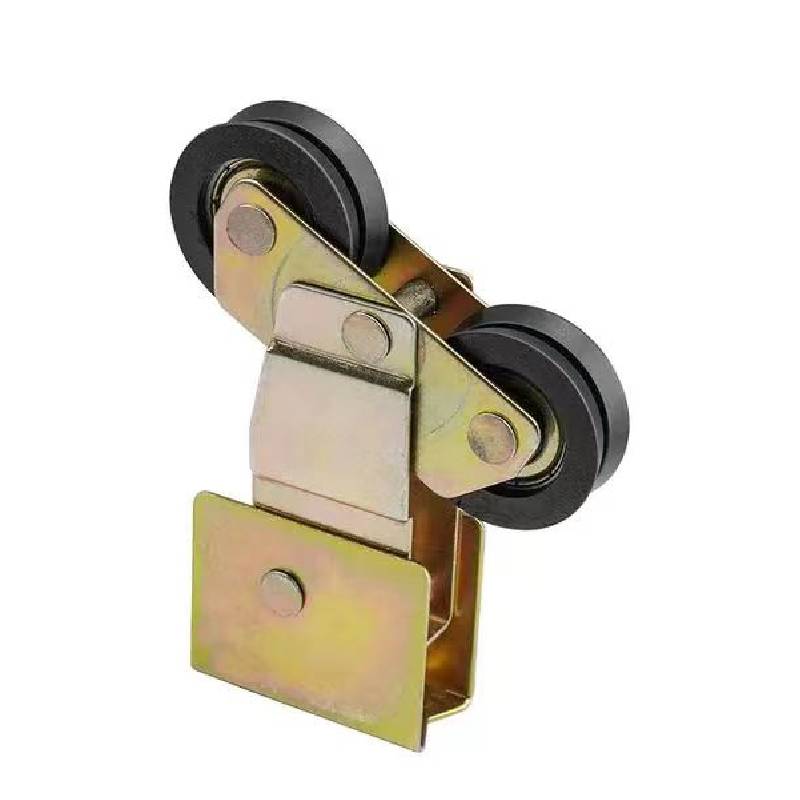Decorative Metal Castings for Architectural and Artistic Applications
The Art of Ornamental Castings A Journey Through Craftsmanship and Design
Ornamental castings have long been celebrated as a unique intersection of artistry, craftsmanship, and utility. This fine art form, rooted in ancient techniques, transforms molten metal into exquisite designs that enhance both architectural structures and everyday objects. From the intricate railings of grand staircases to the delicate finials atop wrought-iron gates, ornamental castings mask the raw power of metal with an elegance that has captivated generations.
Historical Significance of Ornamental Castings
The history of ornamental castings dates back to ancient civilizations, where artisans crafted decorative items for a variety of purposes. The Egyptians and Greeks employed metal casting for sculptures and decorative inscriptions, while the Romans perfected their techniques, creating detailed patterns and reliefs. These early examples laid the foundation for what would become a highly respected art form during the Renaissance, a time when decoration reached new heights in both public and private spaces.
During the Industrial Revolution, the advent of new manufacturing processes allowed for the mass production of ornamental pieces. This era marked a pivotal moment, as cast iron and steel became popular materials due to their durability and the ability to mold them into intricate designs. The Victorian era, in particular, saw a surge in the use of ornamental castings, appearing in everything from garden gates to architectural facades. Such embellishments added a level of sophistication and charm to the rapidly evolving urban landscape.
The Process of Ornamental Casting
The craft of ornamental casting is a meticulous process that requires skill and precision. It typically begins with the creation of a model, which can be fashioned from various materials such as clay or wax. This model is then encased in a mold made of sand or metal, capturing every detail of the design.
ornamental castings

Once the mold is prepared, molten metal is poured into it. The choice of metal—be it iron, bronze, or aluminum—influences the final appearance and durability of the piece. After the metal has cooled and solidified, the mold is broken open, revealing the raw casting. This piece then undergoes further refinement, including sanding, polishing, and applying finishes or patinas. The result is a stunning ornament that serves both functional and decorative purposes.
Modern Applications and Innovations
In contemporary design, ornamental castings continue to thrive, although they have evolved with advancements in technology. Artists and designers are now utilizing computer-aided design (CAD) software to create intricate patterns and elaborate designs, which can be precisely executed using 3D printing technologies before the casting process begins. This integration of modern technology with traditional craftsmanship has opened up new avenues for creativity, allowing for more complex shapes and customized pieces.
Ornamental castings today are not limited to large architectural features; they have found their way into our homes and gardens. From bespoke furniture pieces to personalized garden decor, the charm of ornamental castings enhances the aesthetic appeal of any space. Furthermore, their ability to withstand the elements makes them an ideal choice for outdoor installations, where artistry meets durability.
Preserving the Craft
Despite the encroachment of modern manufacturing techniques, the traditional art of ornamental casting remains relevant and valued. Many artisans and workshops continue to uphold these age-old methods, ensuring that the knowledge and skills are passed down through generations. Workshops that offer hands-on training provide enthusiasts and aspiring craftsmen with the opportunity to learn the nuances of the trade, fostering appreciation for the artistry involved.
In conclusion, ornamental castings represent a unique blend of history, artistry, and craftsmanship that continues to captivate audiences worldwide. Whether displayed in historic architecture or through modern home decor, these decorative metalworks enhance our surroundings while celebrating the skill and creativity of those who create them. As we move forward, it is essential to appreciate and support the artisans who keep this beautiful tradition alive, ensuring that the legacy of ornamental castings endures for future generations to enjoy.
-
Wrought Iron Components: Timeless Elegance and Structural StrengthNewsJul.28,2025
-
Window Hardware Essentials: Rollers, Handles, and Locking SolutionsNewsJul.28,2025
-
Small Agricultural Processing Machines: Corn Threshers, Cassava Chippers, Grain Peelers & Chaff CuttersNewsJul.28,2025
-
Sliding Rollers: Smooth, Silent, and Built to LastNewsJul.28,2025
-
Cast Iron Stoves: Timeless Heating with Modern EfficiencyNewsJul.28,2025
-
Cast Iron Pipe and Fitting: Durable, Fire-Resistant Solutions for Plumbing and DrainageNewsJul.28,2025
-
 Wrought Iron Components: Timeless Elegance and Structural StrengthJul-28-2025Wrought Iron Components: Timeless Elegance and Structural Strength
Wrought Iron Components: Timeless Elegance and Structural StrengthJul-28-2025Wrought Iron Components: Timeless Elegance and Structural Strength -
 Window Hardware Essentials: Rollers, Handles, and Locking SolutionsJul-28-2025Window Hardware Essentials: Rollers, Handles, and Locking Solutions
Window Hardware Essentials: Rollers, Handles, and Locking SolutionsJul-28-2025Window Hardware Essentials: Rollers, Handles, and Locking Solutions -
 Small Agricultural Processing Machines: Corn Threshers, Cassava Chippers, Grain Peelers & Chaff CuttersJul-28-2025Small Agricultural Processing Machines: Corn Threshers, Cassava Chippers, Grain Peelers & Chaff Cutters
Small Agricultural Processing Machines: Corn Threshers, Cassava Chippers, Grain Peelers & Chaff CuttersJul-28-2025Small Agricultural Processing Machines: Corn Threshers, Cassava Chippers, Grain Peelers & Chaff Cutters












